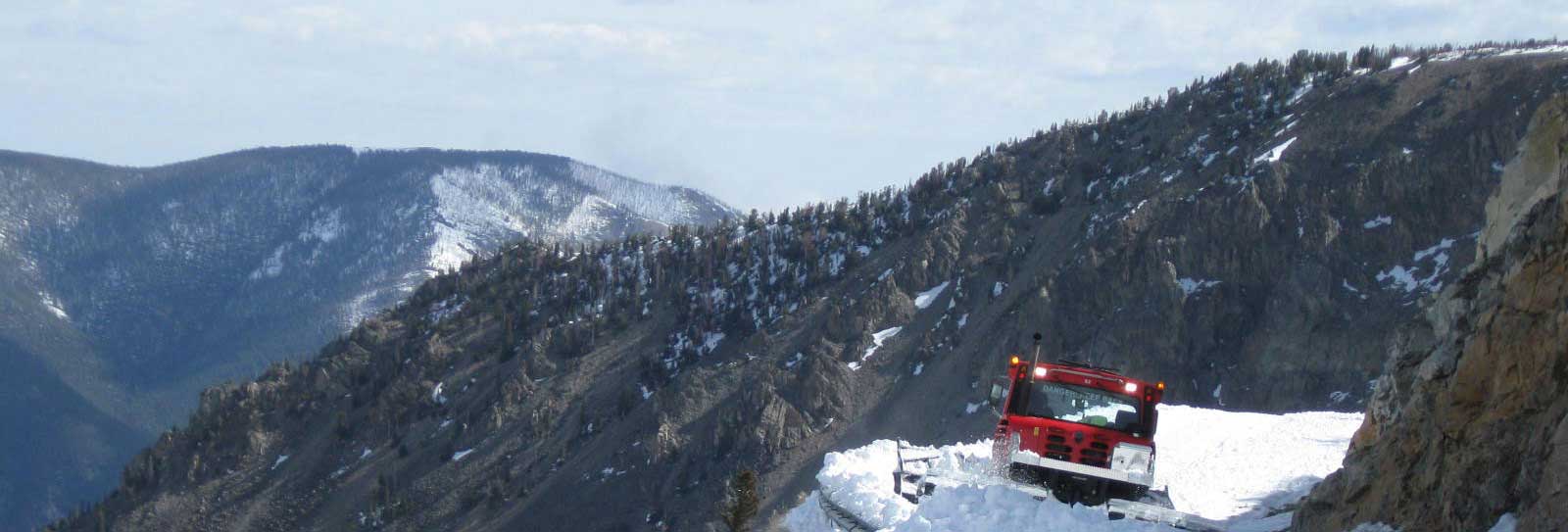
Photo by Holly Pippel
Did you know that 13% of total reported crashes in Montana are wildlife-related?
Collisions with Montana wildlife increase during the fall and spring and occur around dawn and dusk. This is due to wildlife mating, migrating, and grazing patterns. Montana is ranked second in the nation among states where you are most likely to have a collision with wildlife.
Avoiding a Wildlife Collision
- Buckle up, drive sober, and stay alert. Follow posted speed limits and watch for animal warning signs.
- Look at the roadway ahead. Drive with caution by scanning roadsides and ditches for animals.
- Keep headlights on in low/no light conditions and use high beams for better visibility when there is no oncoming traffic.
- When you see one animal, expect more to appear.
What if a Crash is Inevitable?
If a crash with an animal is unavoidable:
- Don’t swerve. Hold on to your steering wheel and continue following the roadway.
- Honk your horn, and if it is dark, flash your headlights.
- Use controlled braking to slow down. Let up on the brake before you hit the animal. This causes the front end of your vehicle to rise and reduces the chances of the animal coming through your windshield.
- After hitting the animal, pull off the roadway, turn on emergency flashers, and be cautious of passing traffic if you need to exit your vehicle.
- Don’t approach or touch a wounded animal. Don’t try to move an animal from the roadway. Call MHP at 855-647-3777.
Annually, MDT Maintenance crews record and pick up over 6,000 carcasses statewide.
